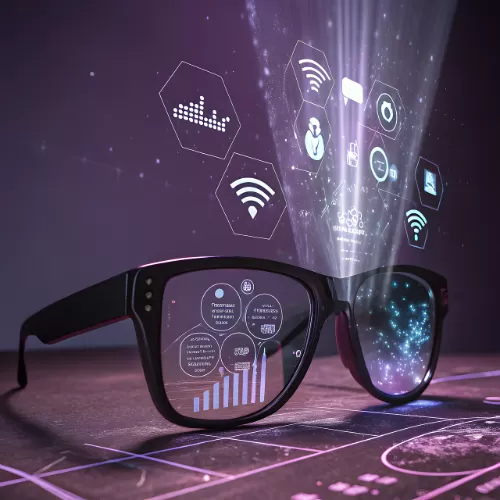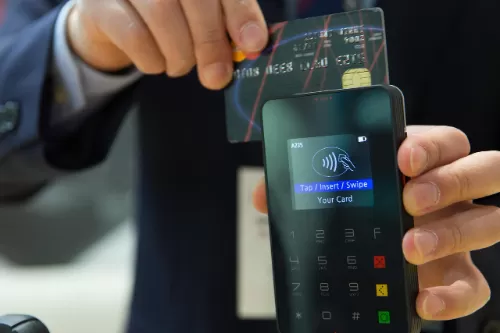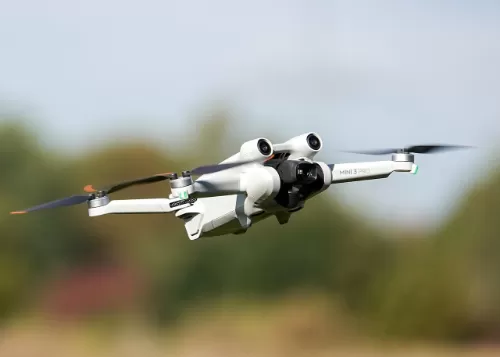The Invisible Doctor: How Wearables Are Making Healthcare Proactive
In a world where healthcare often feels reactive—waiting for symptoms to appear before taking action—wearables are emerging as a silent revolution. These devices, worn on wrists, clipped to clothing, or even embedded in everyday items, are transforming how Americans monitor and manage their health. By tracking vital signs, detecting early warnings, and offering personalized insights, wearables act as invisible doctors, empowering users to stay ahead of illness rather than rushing to treat it.
Related searches

The Invisible Doctor: How Wearables Are Making Healthcare Proactive
Gone are the days when wearables were limited to counting steps or tracking workouts. Today’s devices, such as the Apple Watch and Fitbit Sense, are sophisticated health companions. Using sensors like electrocardiogram (ECG) monitors and blood oxygen (SpO₂) trackers, they continuously gather data on heart rate, sleep patterns, and stress levels. For example, irregular heart rhythm alerts on smartwatches have helped users identify atrial fibrillation—a leading cause of strokes—weeks before symptoms surface.
Wearables also address chronic conditions. Devices like the Abbott FreeStyle Libre glucose monitor eliminate finger pricks, allowing diabetics to track blood sugar levels painlessly. Similarly, Oura Rings analyze sleep quality and detect early signs of illness, helping users adjust habits before minor issues escalate.
Proactive Care in Real Time
The power of wearables lies in their ability to turn raw data into actionable advice. AI algorithms process trends over time, flagging anomalies that humans might miss. If your resting heart rate spikes consistently, the device might recommend consulting a cardiologist. Sudden drops in SpO₂ levels during sleep could signal sleep apnea, prompting a referral for a sleep study.
This real-time feedback loop is reshaping healthcare. In 2024, the FDA approved the first wearable for prescription use: the Dexcom G7, which sends glucose data directly to doctors’ dashboards. Such advancements reduce reliance on periodic checkups, enabling continuous care.
A Lifeline for Vulnerable Populations
Wearables are particularly impactful for seniors and those with disabilities. Fall detection features on devices like the Samsung Galaxy Watch automatically alert emergency contacts if a sudden movement suggests a fall. Philips’ remote patient monitoring systems track vital signs in elderly patients, reducing hospital readmissions by 20%. These tools give caregivers peace of mind while preserving users’ independence.
For mental health, wearables like the Embr Wave use temperature changes to calm anxiety, while apps like Calm integrate with devices to track stress levels and suggest mindfulness exercises.
The Future of Healthcare Is on Your Wrist
As technology evolves, wearables are becoming more seamless and intuitive. Companies like Google are developing contact lenses that monitor glucose levels through tears, while startups like Neuralink explore brain-computer interfaces for neurological conditions. Meanwhile, clothing brands are embedding sensors into garments, turning everyday apparel into health monitors.
Governments and insurers are also embracing this trend. Medicare now covers remote patient monitoring via wearables, and employers like IBM offer wellness incentives for employees who use health-tracking devices.
Conclusion
Whether you’re managing a chronic condition, aiming for fitness goals, or simply curious about your well-being, wearables put health data at your fingertips. They encourage proactive habits—like adjusting sleep schedules or reducing caffeine intake—before problems arise. And as these devices become more affordable and accessible, they’re no longer a luxury but a necessity in an era of rising healthcare costs.
In a world where time is precious, wearables act as tireless health advocates, working 24/7 to keep you informed and empowered. The next time you glance at your smartwatch, remember: it’s not just a gadget—it’s your invisible doctor, quietly working to keep you well.







